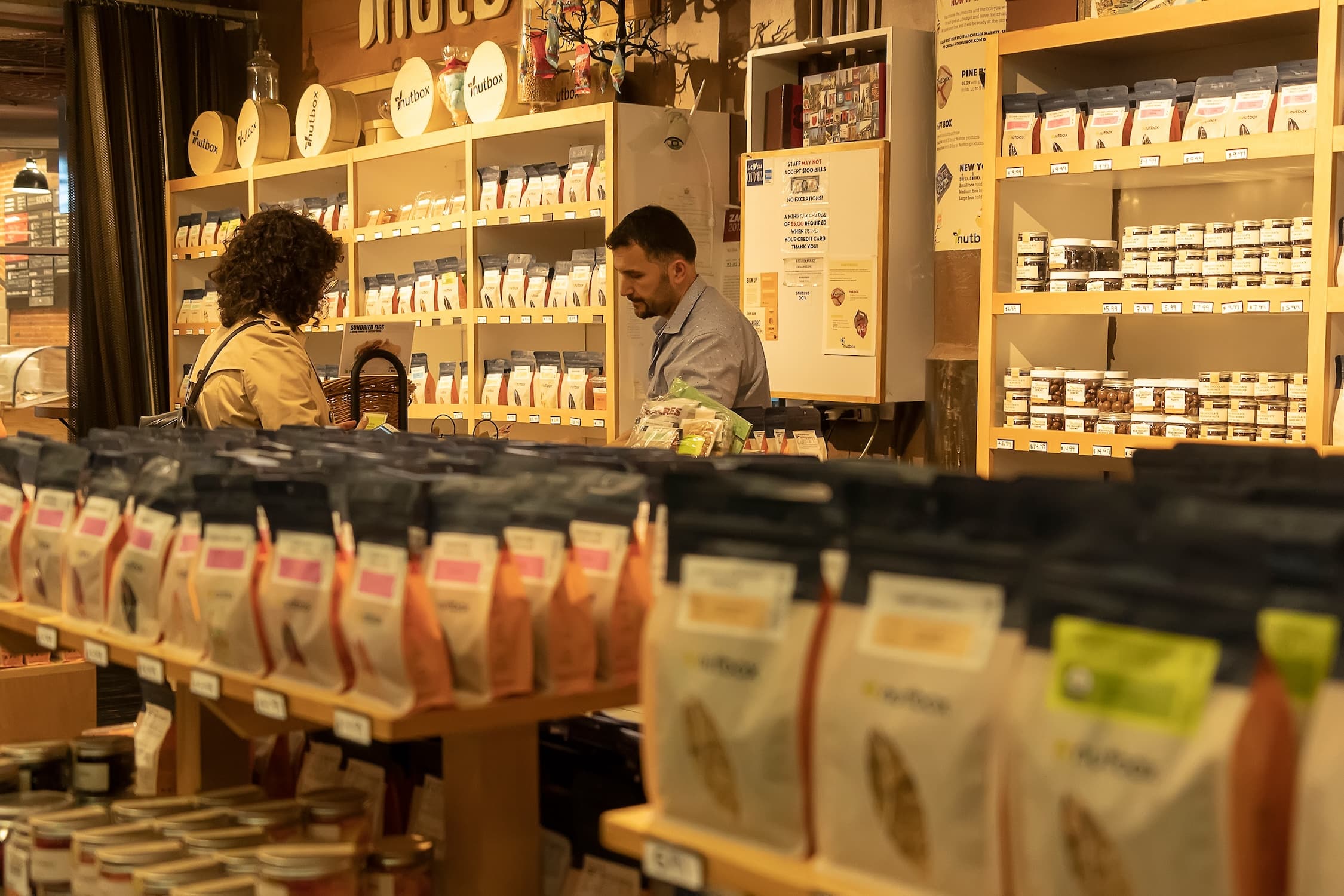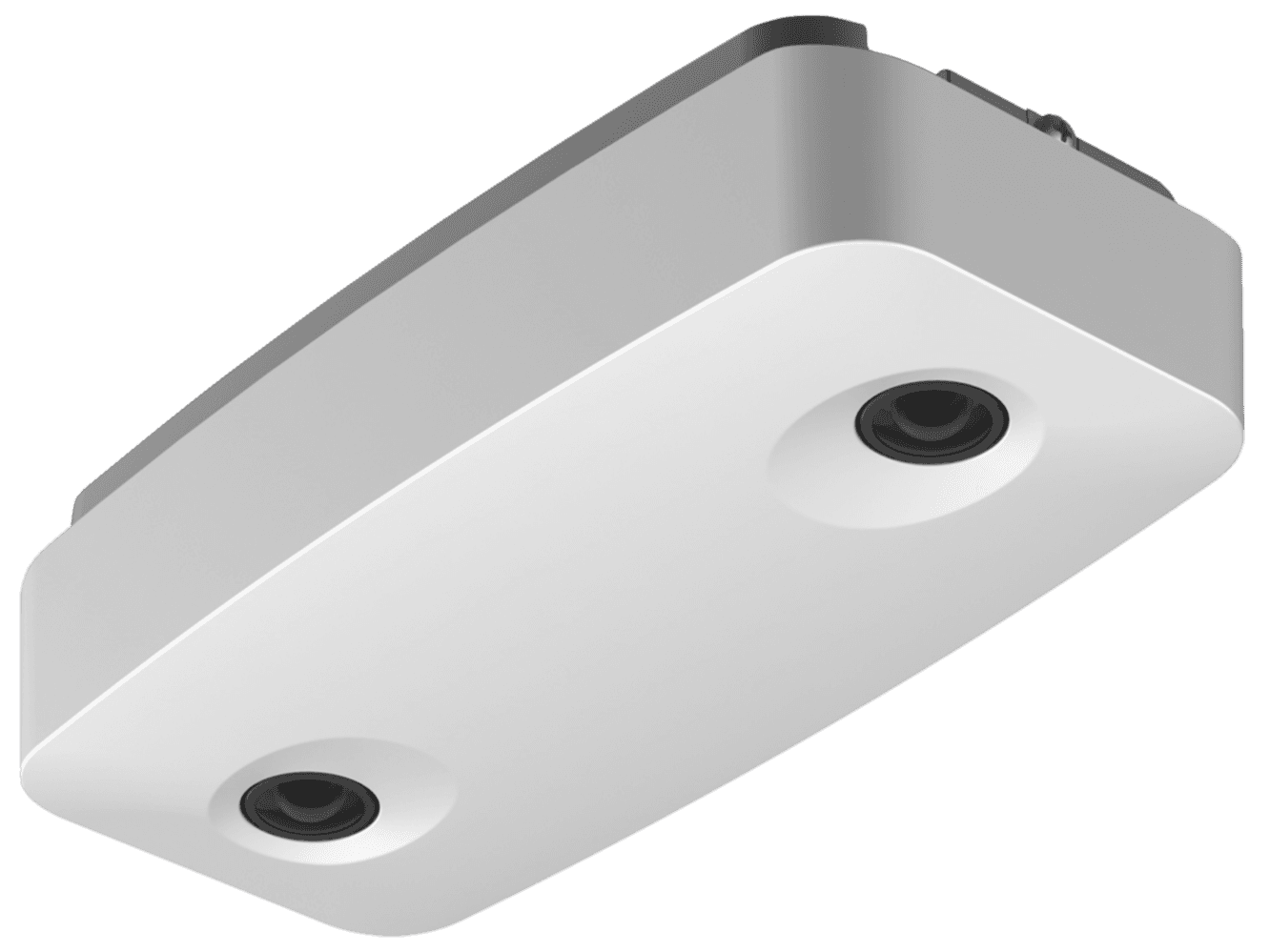Counting People: A Mixed Medley of Modern Tech Challenges

On this page
Retail traffic counters are now synonymous with store performance and improvements. Many store metrics and KPIs are highly dependent on customer traffic data, to the extent that we have a global industry centered around foot traffic analytics.
At the heart of people counting lies the choice of technology, which plays a pivotal role in optimizing store operations and enhancing customer experiences. While designing an advanced traffic sensor is task enough, the more onerous obstacle is designing one that conforms to every necessary requirement – accuracy, security, privacy, scalability and longevity. Finally, the mission of supporting such technology is just as vital to maintaining its functions and performance.
The use of unsupported people counters (i.e. sensors no longer maintained or updated by their manufacturers) can pose significant risks to retail operations. We take a look at the dangers of relying on unsupported people counters and why retailers should strongly consider upgrading to supported systems.
Inaccuracy and Data Integrity Issues
The core function of people counters is to provide accurate foot traffic data. Unsupported people counters, however, often suffer from outdated technology and software that can lead to significant inaccuracies in data collection. Over time, the sensors in these systems tend to become less effective as they degrade or keep using outdated models, leading to erroneous counts. Inaccurate data can mislead retailers about store performance, customer behavior, and peak traffic times, ultimately impairing decision-making. For instance, overestimating foot traffic might lead to overstaffing, while underestimating it could result in understaffing, both of which negatively impact the customer experience and operational efficiency.
Another typical example of this is a case where a prior iteration of traffic counter only maintained a 60-70% counting accuracy, a system that was in place for over ten years. Upon installation of Aurora, the purpose-built traffic sensor from RetailNext, the guaranteed 95%+ accuracy immediately raised concerns, as the data caused the appearance of a severe drop in customer traffic-based store KPIs.
Security Vulnerabilities and Lack of Support
Unsupported people counters that haven’t been updated in some time often come with obsolete security protocols. As digital threats evolve, older or cheaper systems may lack the necessary updates to protect against new types of attacks. Retailers using unsupported systems are at a higher risk of data breaches, where sensitive information about customer behavior and preferences could be exposed or stolen. This vulnerability can not only compromise customer privacy but also damage the retailer’s reputation, leading to potential legal and financial repercussions.
Furthermore, when a people counter is unsupported, retailers usually lose access to technical support and maintenance services. Thus, if such a system were to encounter a malfunction or failure, there would be no readily available expertise to address the issue. Without timely support, retailers could experience prolonged downtimes, leading to gaps in data collection and disruptions in operations. Furthermore, unsupported systems are less likely to receive firmware updates or patches that address bugs and improve performance, exacerbating the risk of operational inefficiencies.
Integration Challenges
Modern retail environments often rely on integrated systems to streamline operations. Examples of such integrations include customer relationship management (CRM) tools, point-of-sale (POS) systems, asset protection/loss prevention and inventory management software. Unsupported people counters may not integrate seamlessly with these systems, if at all. This can lead to substantial data silos and inefficiencies. For example, if a people counter cannot share data with a POS system, it becomes challenging to correlate foot traffic with sales performance, making it harder for retailers to assess the effectiveness of store initiatives or staffing strategies.

Compliance and Regulatory Risks
Retailers are increasingly subject to stringent data protection regulations, such as the General Data Protection Regulation (GDPR) in Europe or the California Consumer Privacy Act (CCPA) in the United States. Unsupported people counters may not adhere to current compliance standards, exposing retailers to regulatory penalties and legal issues. Ensuring that people counting systems meet data protection requirements is crucial for safeguarding customer information and maintaining regulatory compliance.
Missed Technological Advancements
Technology in people counting has advanced significantly, with modern systems offering enhanced features such as advanced analytics, real-time reporting, full shopper journey and integration with artificial intelligence (AI) for deeper insights. Unsupported systems may lack these advancements, preventing retailers from leveraging the latest innovations to optimize their operations. By sticking with outdated technology, retailers miss out on opportunities to gain competitive advantages through improved data accuracy and actionable insights.
Customer Experience and Cost Implications
An accurate understanding of customer behavior is essential for delivering exceptional shopping experiences. Unsupported people counters may provide unreliable data that hampers efforts to tailor services and optimize store layouts according to customer needs. For instance, if foot traffic data is inaccurate, retailers might misjudge the effectiveness of store layouts or promotional displays, leading to suboptimal customer experiences and reduced satisfaction. This in turn affects store performance and brand perception, something retailers can ill-afford.

While unsupported people counters might seem like a cost-effective solution in the short term, or even indefinitely, the long-term costs can be significant. These systems' inefficiencies, inaccuracies, and potential security risks can lead to higher operational costs, including increased staffing expenses, potential regulatory fines, and costs related to addressing security breaches. Investing in supported, up-to-date people counting systems helps mitigate these risks and offers far better value through improved performance and reliability.
Make It All Count
The use of unsupported people counters in the retail industry presents a range of risks that can impact data accuracy, security, integration, compliance, and overall operational efficiency. Retailers relying on outdated technology may face inaccuracies in foot traffic data, increased vulnerability to security threats, challenges with system integration, and missed opportunities for leveraging technological advancements.
To ensure optimal performance and protect against potential risks, retailers should consider transitioning to supported people counting systems that offer ongoing maintenance, technical support, and compatibility with modern technologies. By investing in up-to-date solutions, retailers can enhance their operational efficiency, improve customer experiences, and stay competitive in a dynamic retail environment.
About the author:

Chris Hadjiyannis, Product Marketing Coordinator, RetailNext



